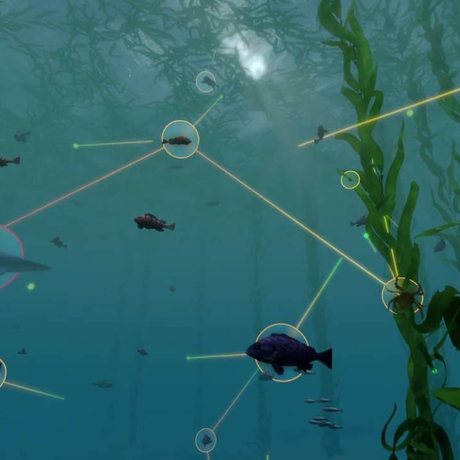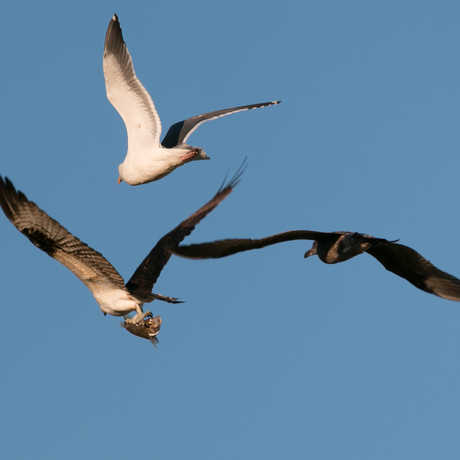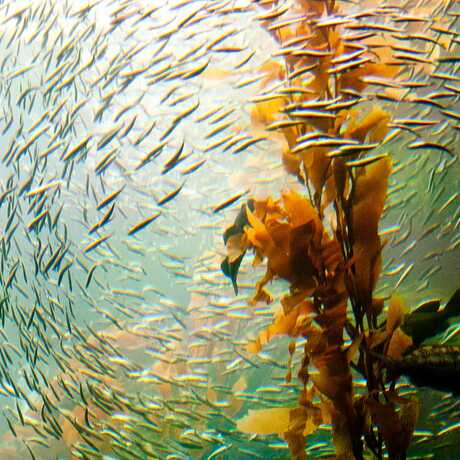
On a isolated island in Lake Superior, something mysterious is happening to the animals. What is going on?
About This Video
Grade level: 6-12
Length: 1.5 minutes
Next Generation Science Standards: HS-LS2.A, HS-LS2.C
Video Synopsis
On Isle Royale in Lake Superior, scientists have been monitoring the wolf and moose populations for decades, and they've noticed something strange. What is going on in this complex ecosystem that can account for dramatic changes in the populations of these wild animals?
This video was made in collaboration with Chicago Public Schools as part of their NGSS-aligned high school biology curriculum.
Phenomenon-Based Learning
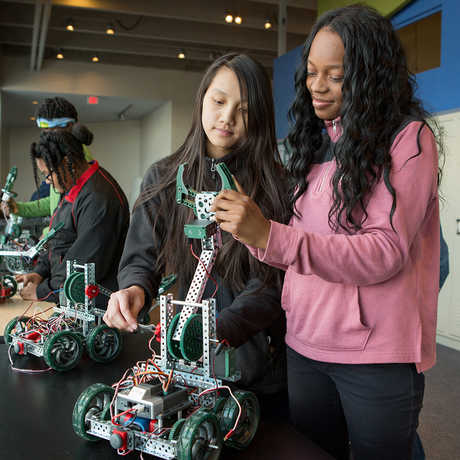
As many states are transitioning to the Next Generation Science Standards or something like them, more and more teachers are using phenomenon-based learning to shift from a content-driven classroom to a process-driven one. In the NSTA blog article, read why anchoring phenomena can be useful for helping students advance their own path to science understanding.
Photo courtesy of Allison Shelley/The Verbatim Agency for American Education: Images of Teachers and Students in Action
Wolves & Moose of Isle Royale
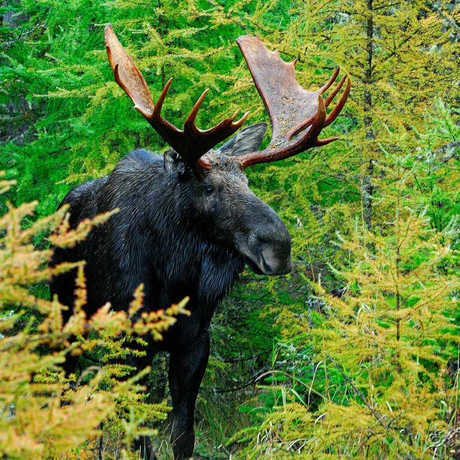
Isle Royale is a remote wilderness island, isolated by the frigid waters of Lake Superior, and home to populations of wolves and moose. As predator and prey, their lives and deaths are linked in a drama that is timeless and historic. The Isle Royale research project is the longest continuous study of any predator-prey system in the world, and is a popular topic used to teach population biology. On this official project website, you can find information, data, and educational resources to use in your classroom.
Photo credit: USEPA
Connections to the Next Generation Science Standards
While this video doesn't necessarily cover the following standards in depth, it is a compelling resource you can use to supplement your curriculum that does.
Disciplinary Core Ideas
- HS-LS2.A Interdependent Relationships in Ecosystems: Ecosystems have carrying capacities, which are limits to the numbers of organisms and populations they can support. These limits result from such factors as the availability of living and nonliving resources and from such challenges such as predation, competition, and disease. Organisms would have the capacity to produce populations of great size were it not for the fact that environments and resources are finite. This fundamental tension affects the abundance (number of individuals) of species in any given ecosystem.
- HS-LS2.C Ecosystem Dynamics, Functioning, and Resilience: A complex set of interactions within an ecosystem can keep its numbers and types of organisms relatively constant over long periods of time under stable conditions. If a modest biological or physical disturbance to an ecosystem occurs, it may return to its more or less original status (i.e., the ecosystem is resilient), as opposed to becoming a very different ecosystem. Extreme fluctuations in conditions or the size of any population, however, can challenge the functioning of ecosystems in terms of resources and habitat availability.
Share This

